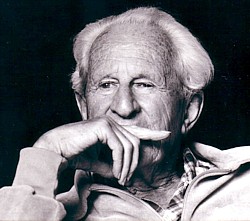As a member of Team 10 (whaddup!), we decided to focus our marketing attention and energy onto global retail brand Zara, a member of the Inditex Group and famous for its “fast-fashion model.”
 The company has already been thoroughly analyzed numerous times, as evidenced by reports on the internet. Through our own personal experience and research, we were able to quickly decipher who Zara’s typical consumer segments are and the image they are attempting to achieve in their Promotion (albeit, little promotion) and Place.
The company has already been thoroughly analyzed numerous times, as evidenced by reports on the internet. Through our own personal experience and research, we were able to quickly decipher who Zara’s typical consumer segments are and the image they are attempting to achieve in their Promotion (albeit, little promotion) and Place.
What I was surprised to find out during research for Part A, however, is that Zara’s main direct competitor is considered to be The Gap. It’s no wonder that The Gap is a major force to be reckoned with in the retail world, but their image is completely different. The Gap screams traditional America (slightly more East Coast after Mickey Drexler stepped in and saved them, sort of like the revolutions to J. Crew) with “khakis, khakis, khakis.” Zara, on the other hand, is much more fashion-forward and cutting edge. While they do have some relatively staple items, their stock changes as often as bi-weekly and they model some of their pieces off of global runways, not a New England soccer mom.
Picking a target segment was not difficult. We feel that Zara could do a lot more for men, ages 18-24 who are low income, in school, and hope to remain in fashion. Zara is already cost effective with its low pricing, but it could offer more in its product line for men and we made the bold suggestion of adding an in-store tailor or at least training sales staff how to measure. Their suiting is affordable, but is not generally the best fit off the rack. Having this added convenience could go a long way in building loyalty to a brand, for a big item such as suiting.
The video was an interesting venture. Luckily, we had someone on our team with a little bit of experience in production. I can’t imagine how many extra hours some teams probably put in to get it complete for only 10%. In the end, we were happy with our product and our recommendations and I am happy to never say “fast-fashion model” again.
 Follow
Follow

